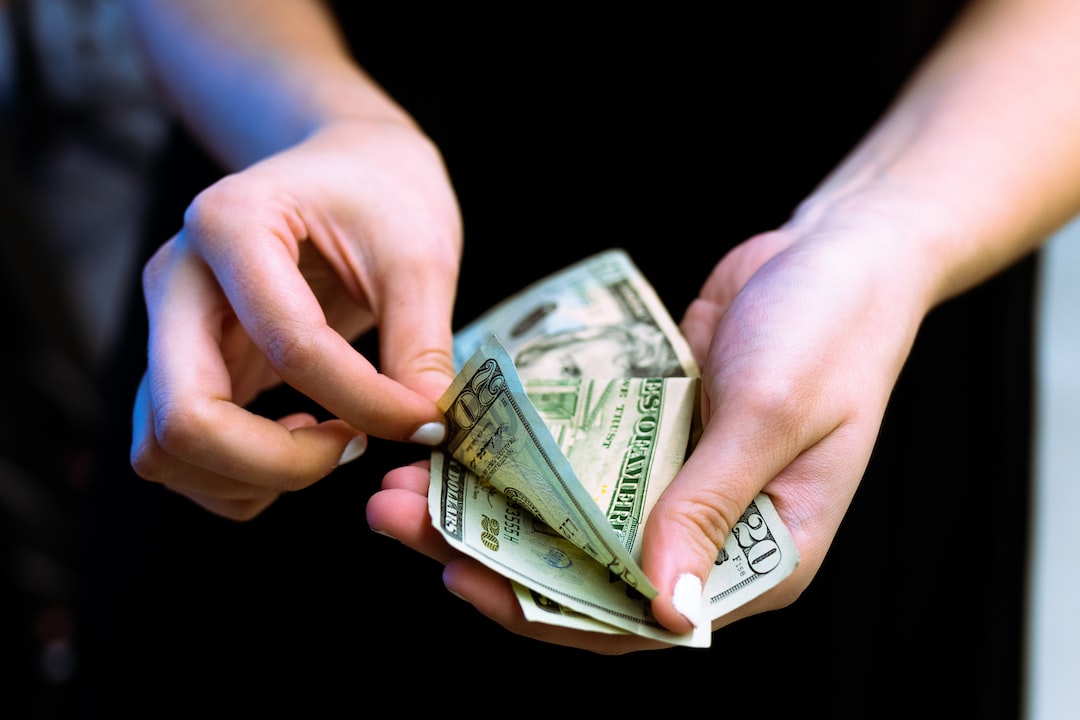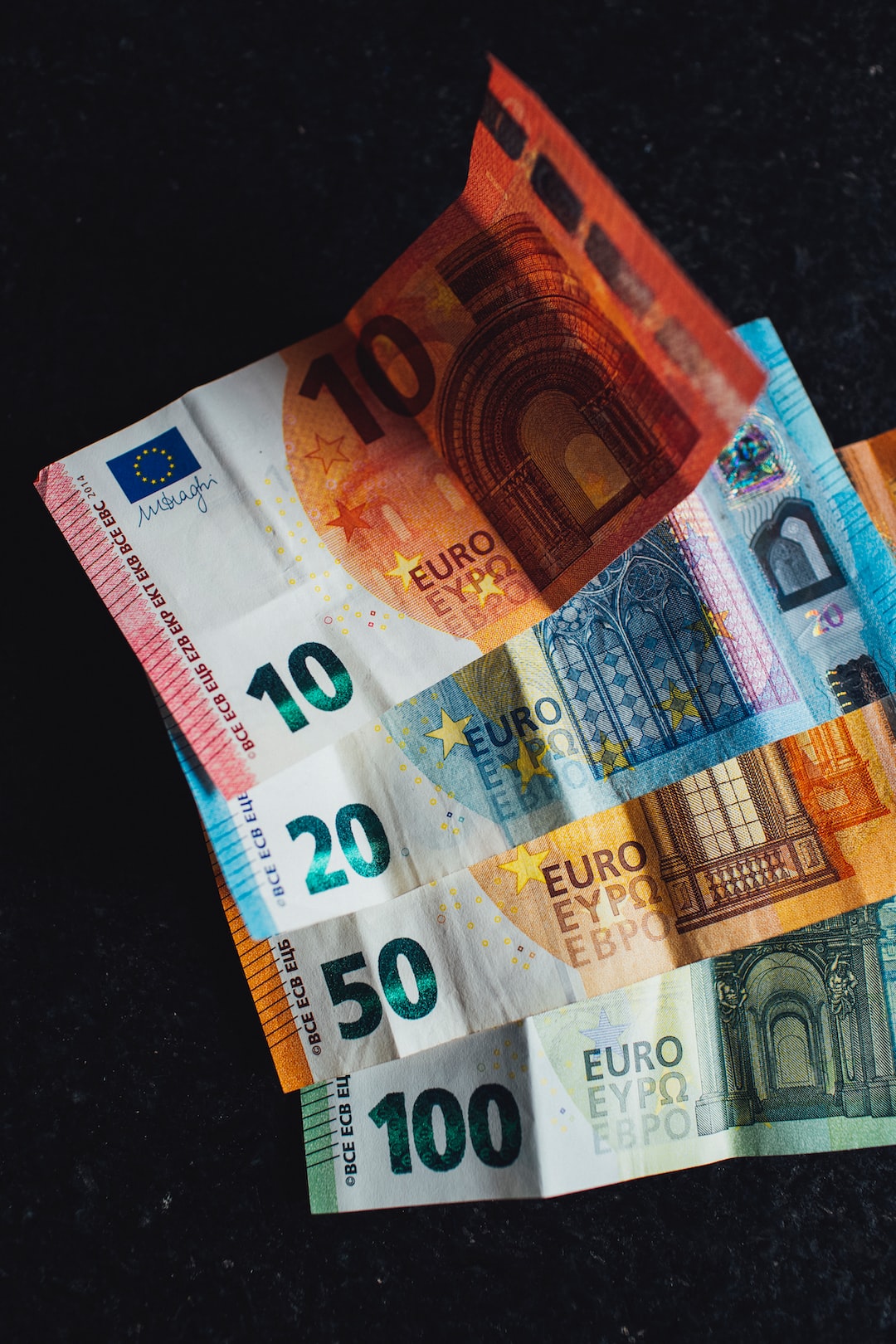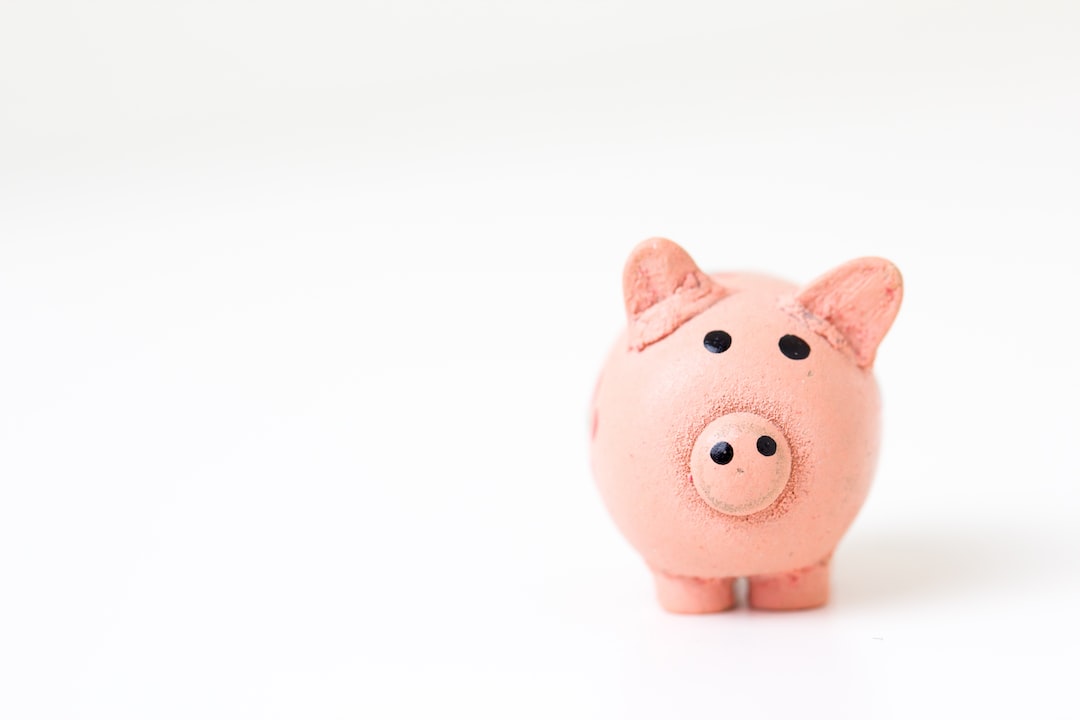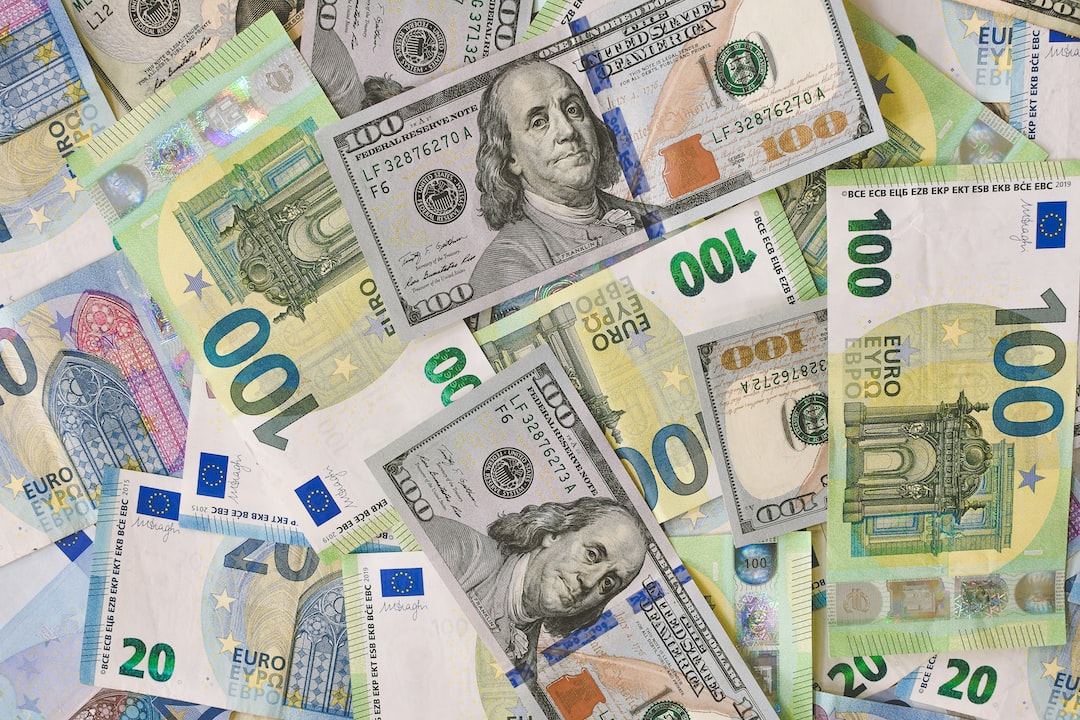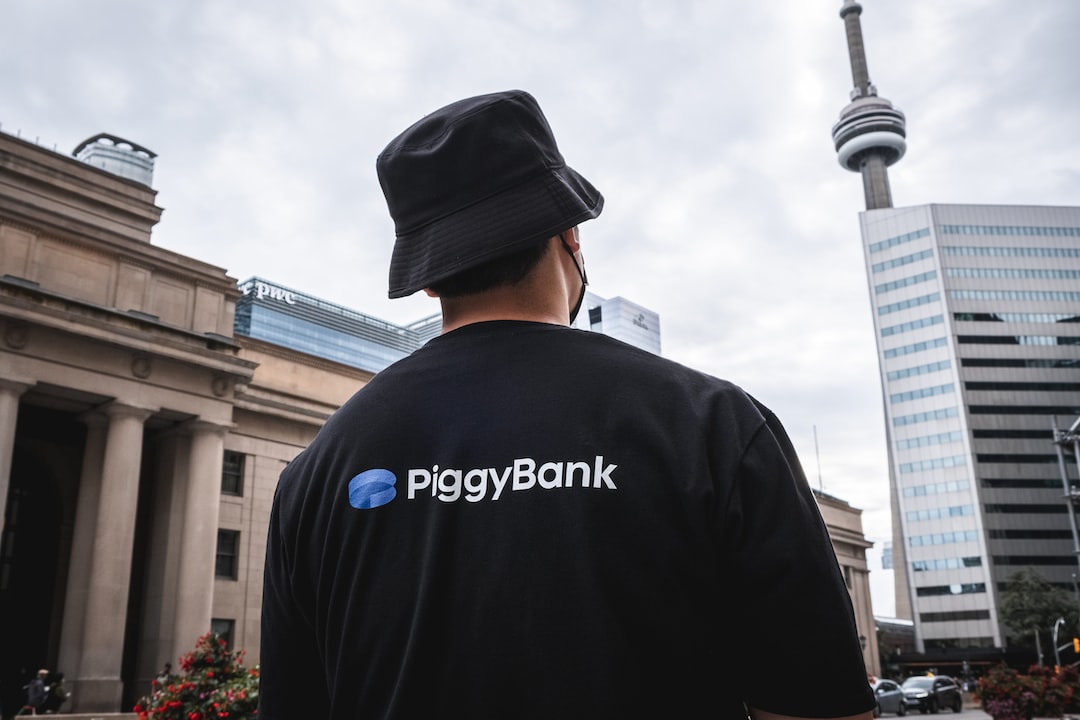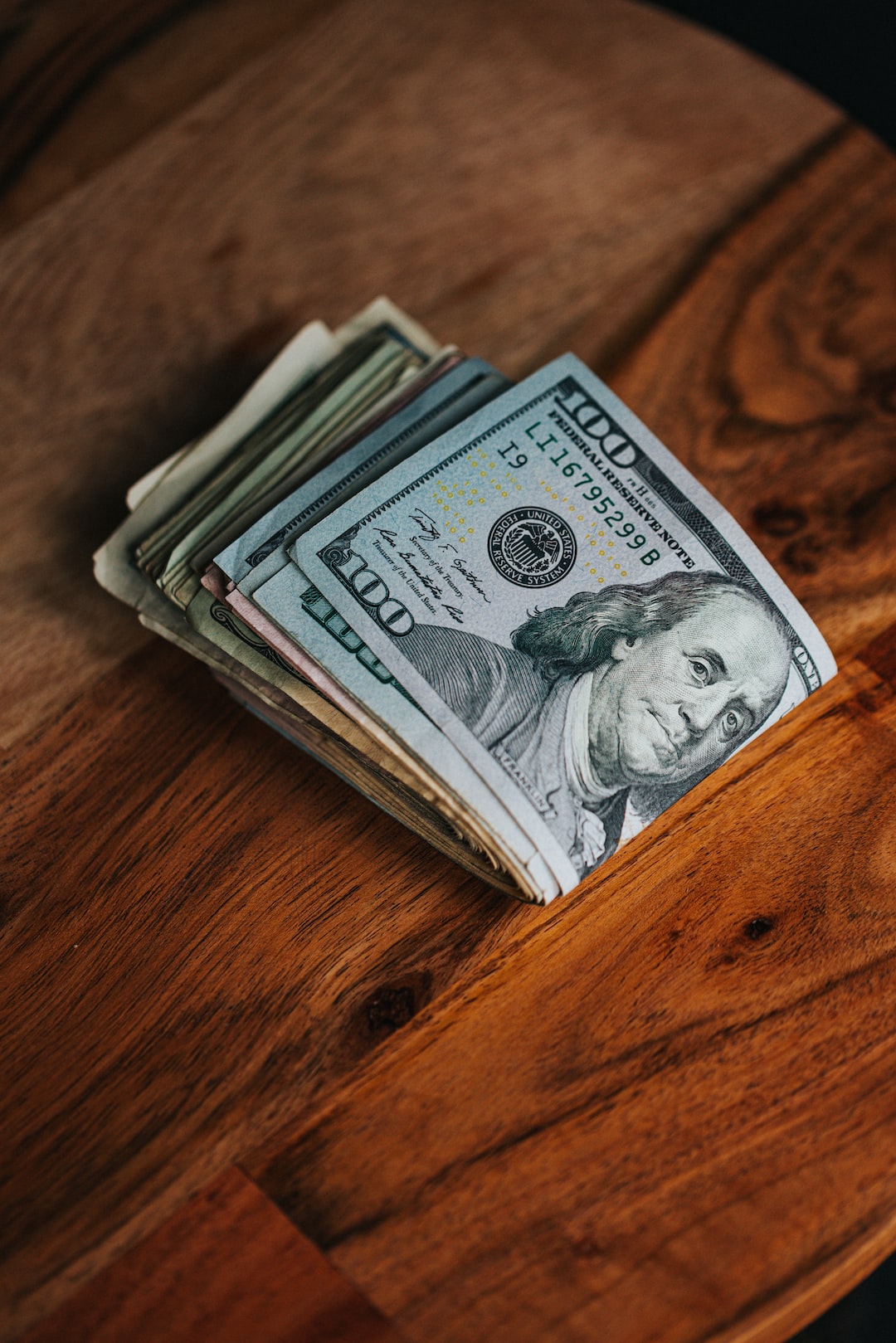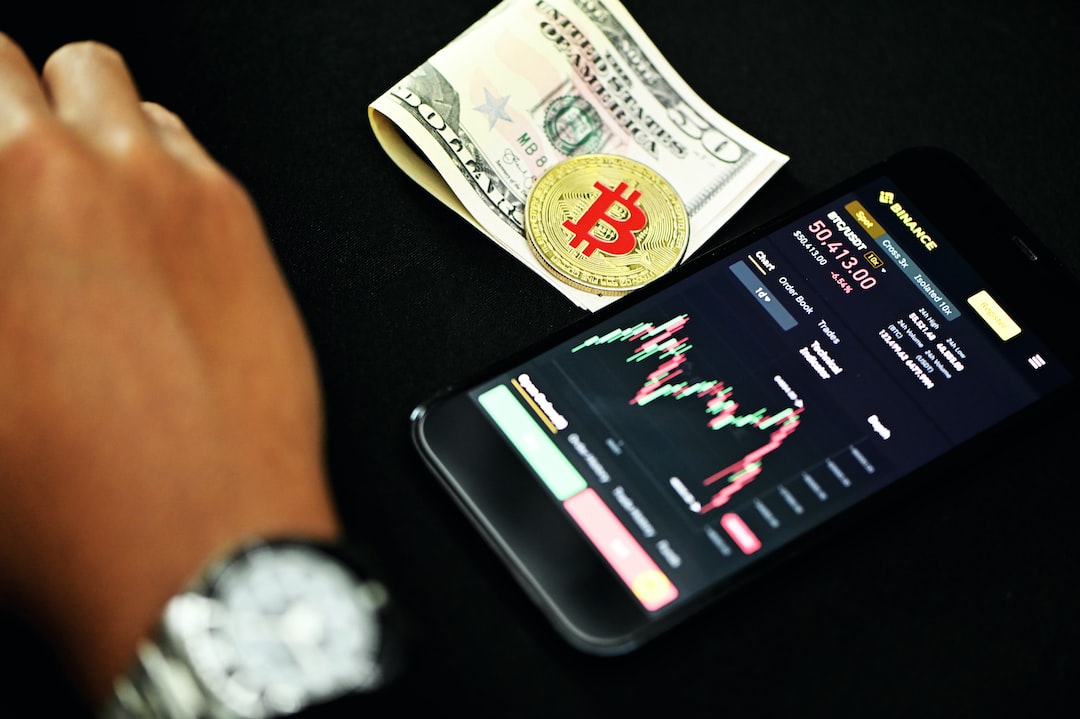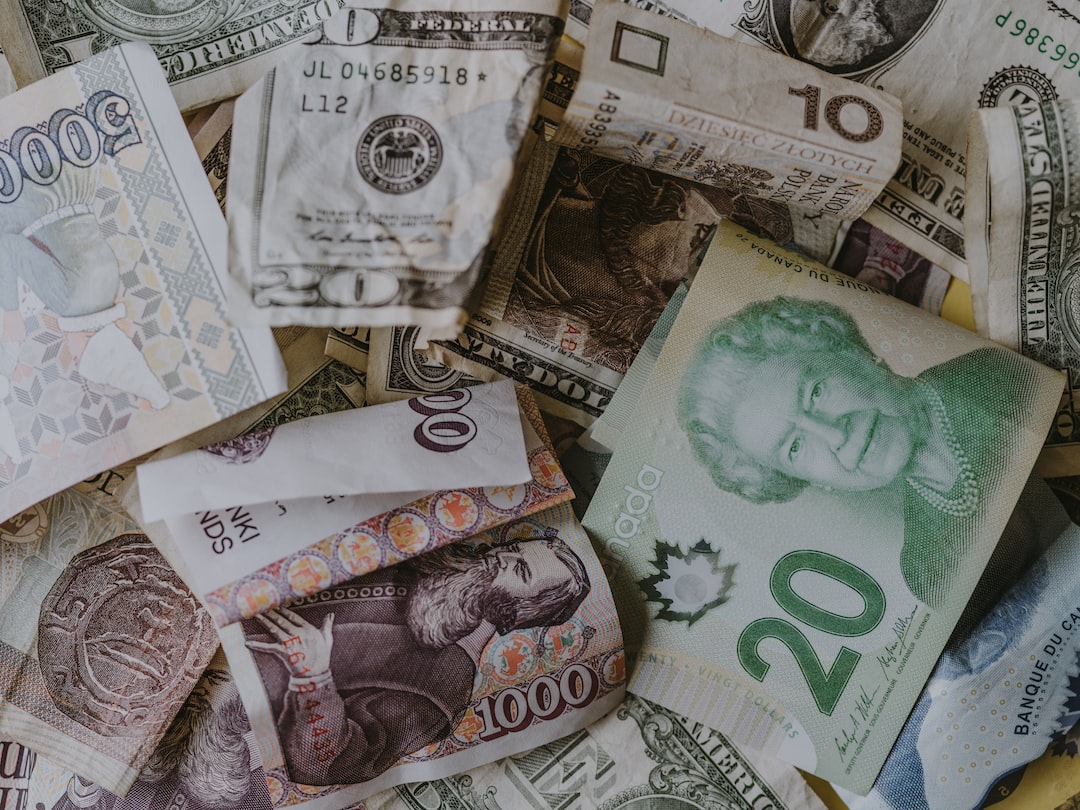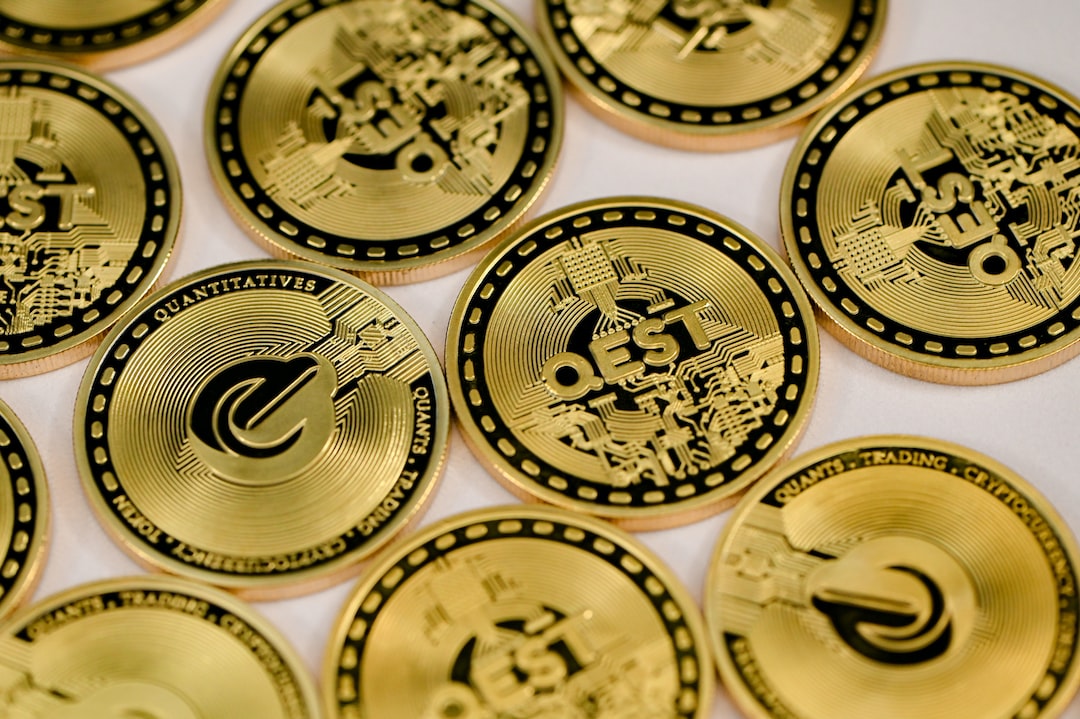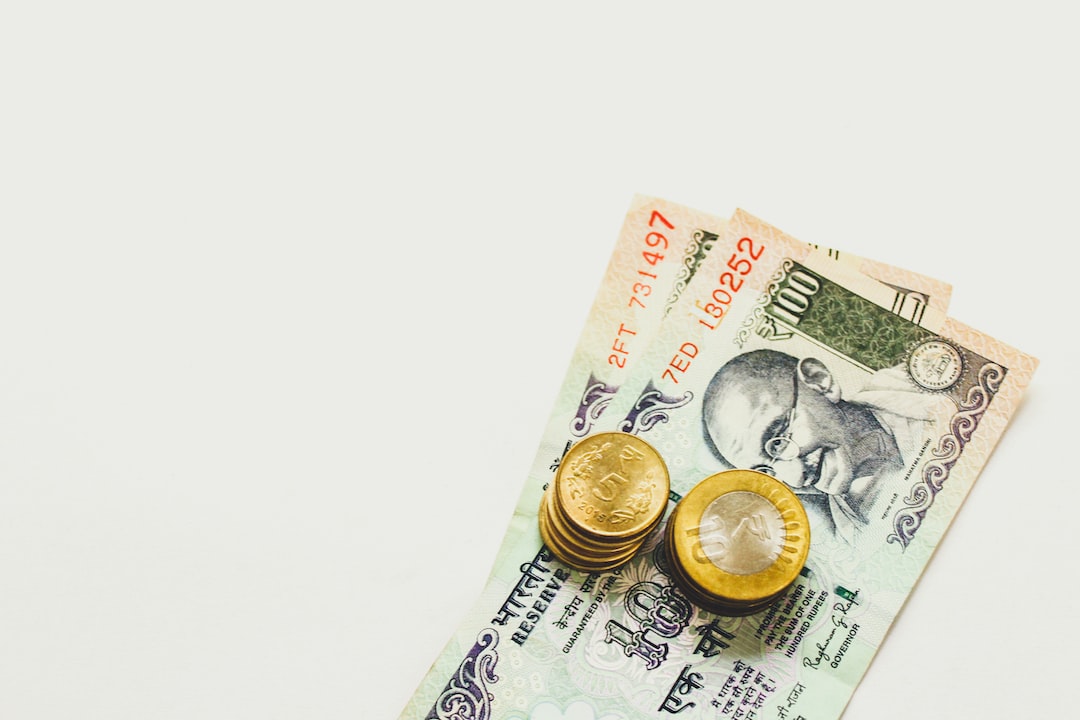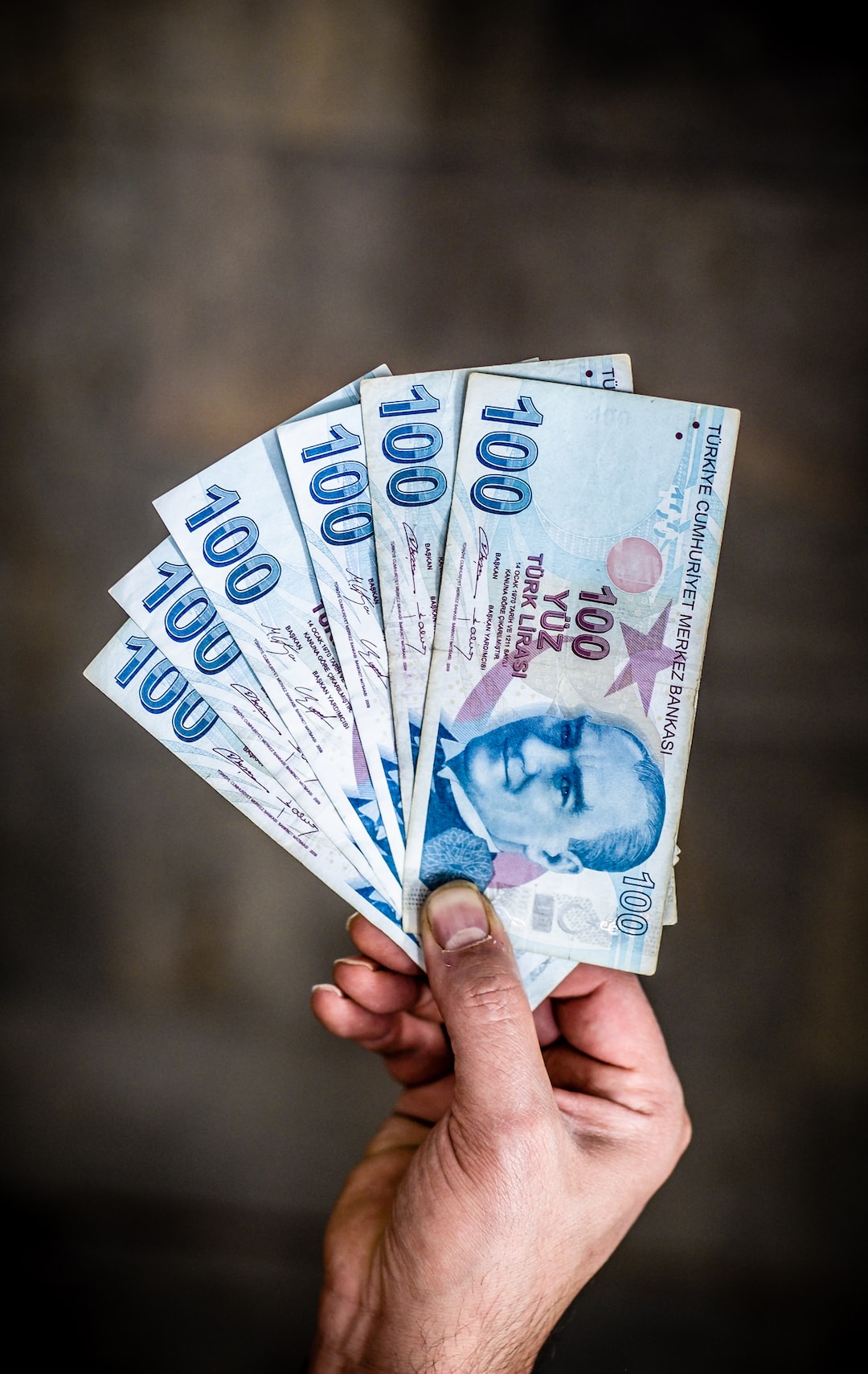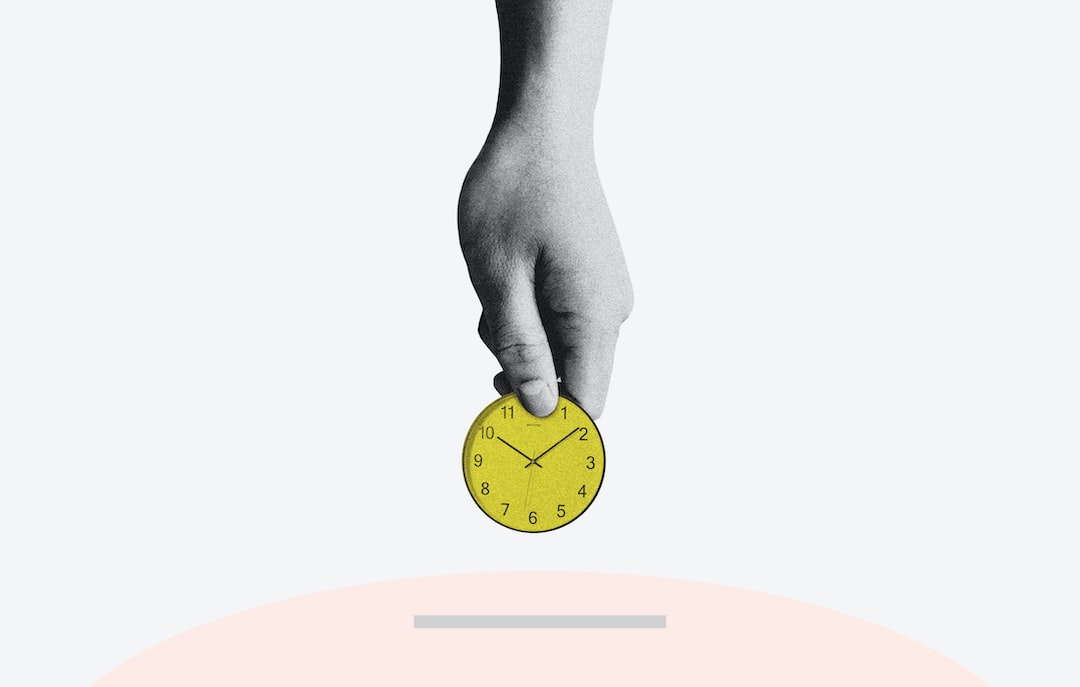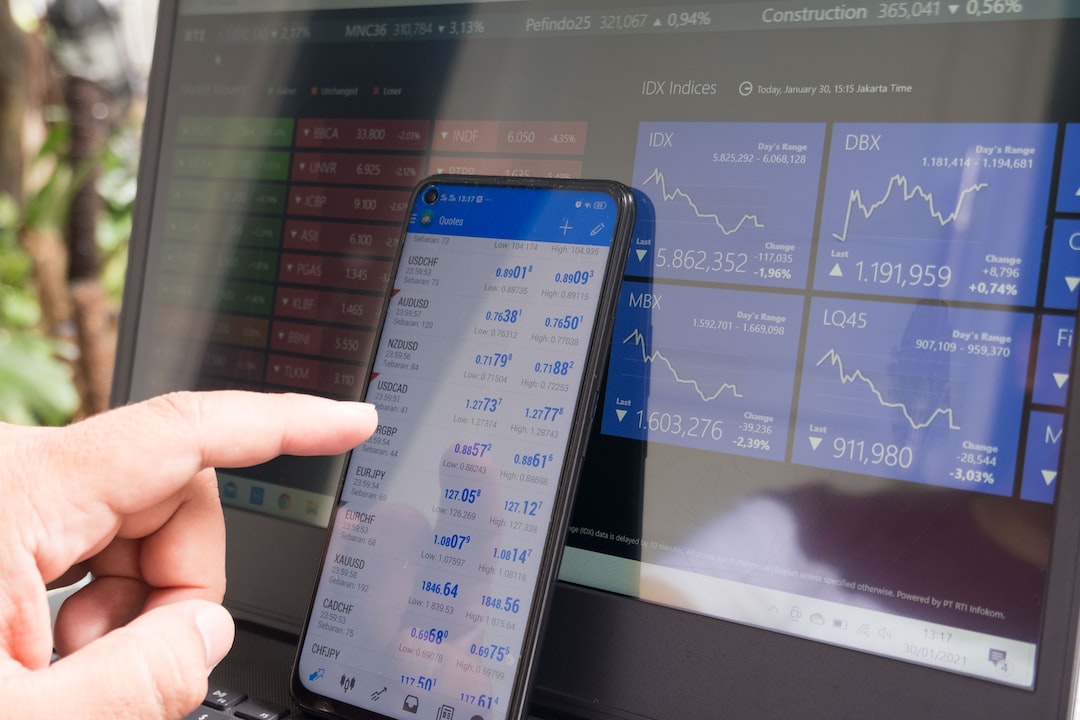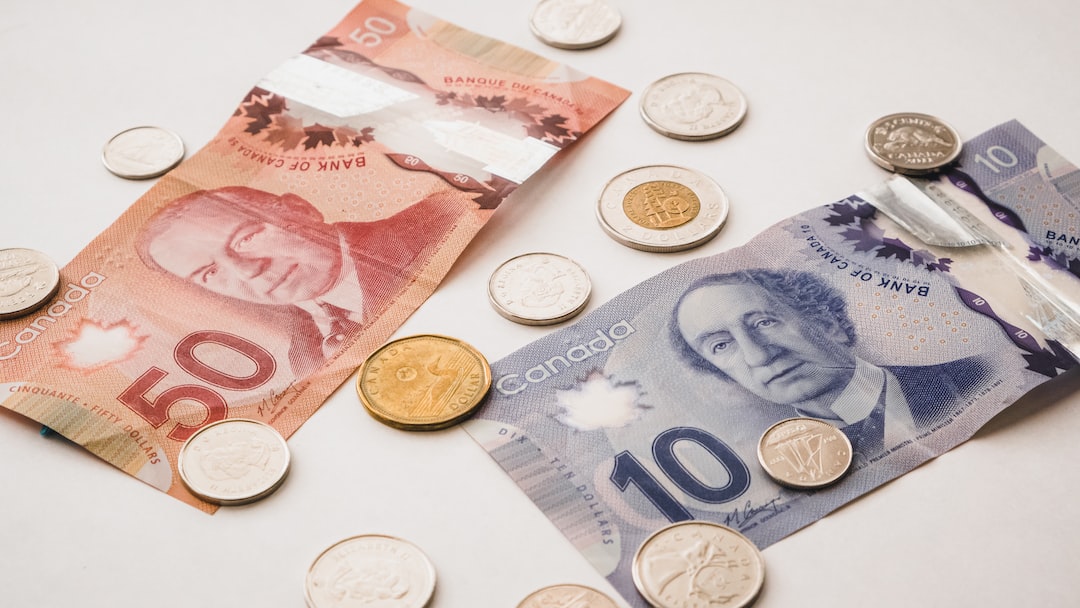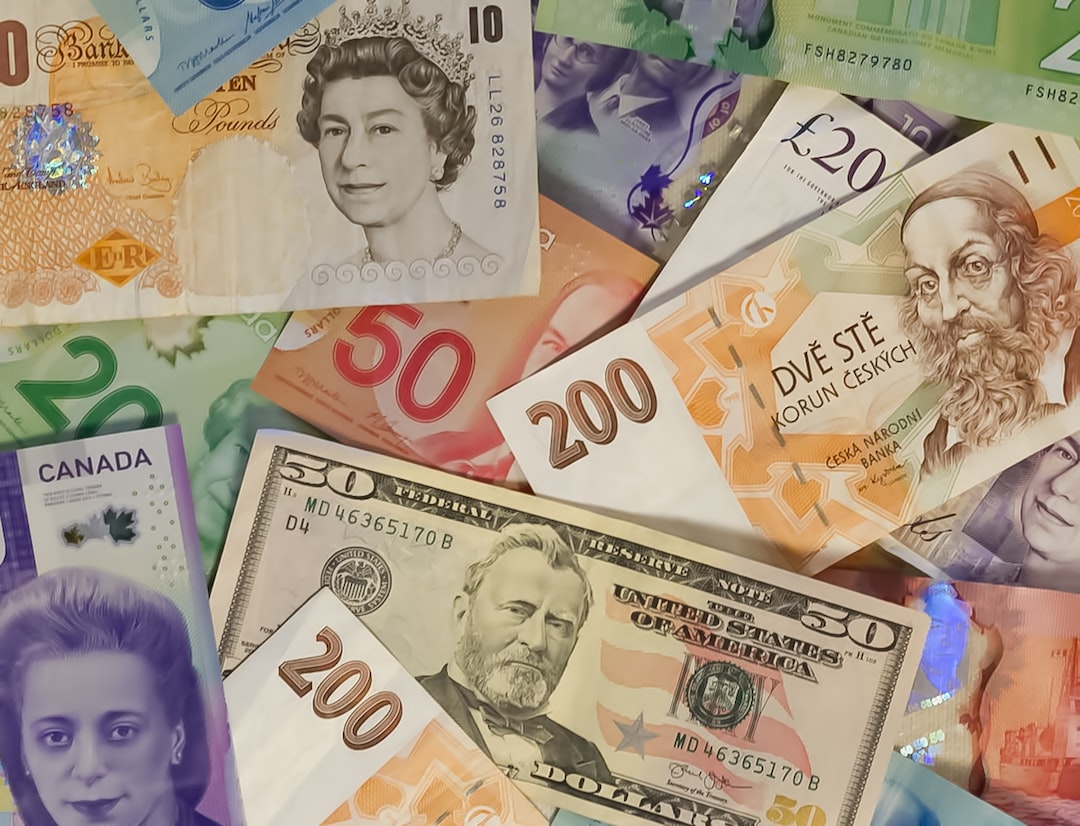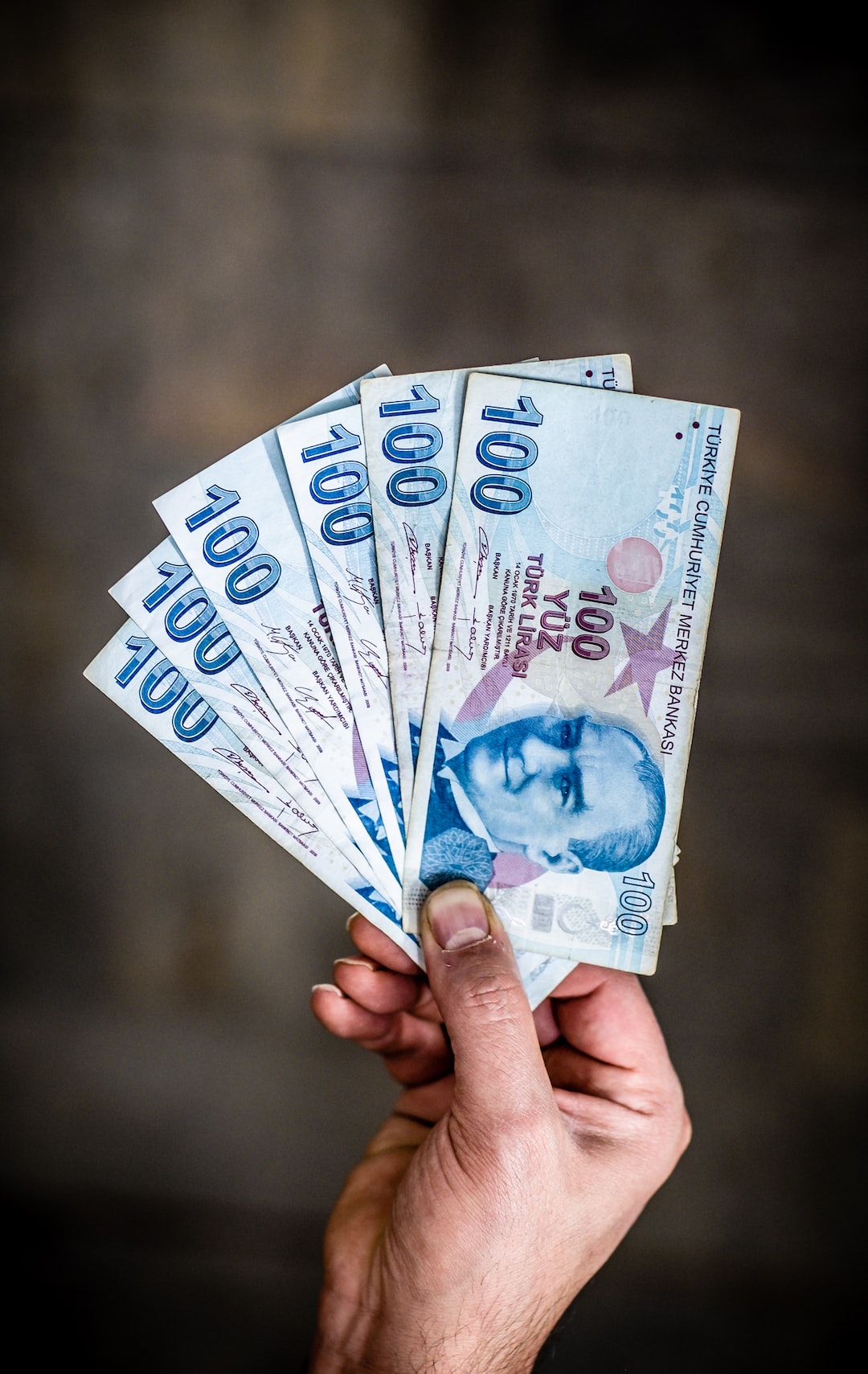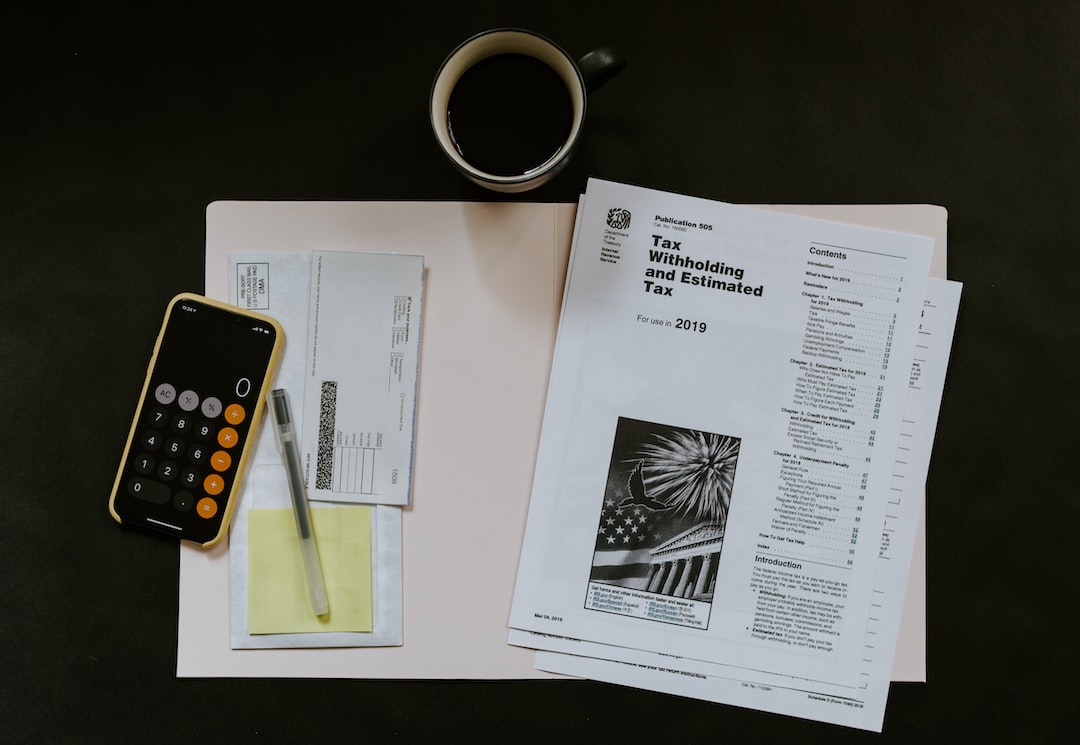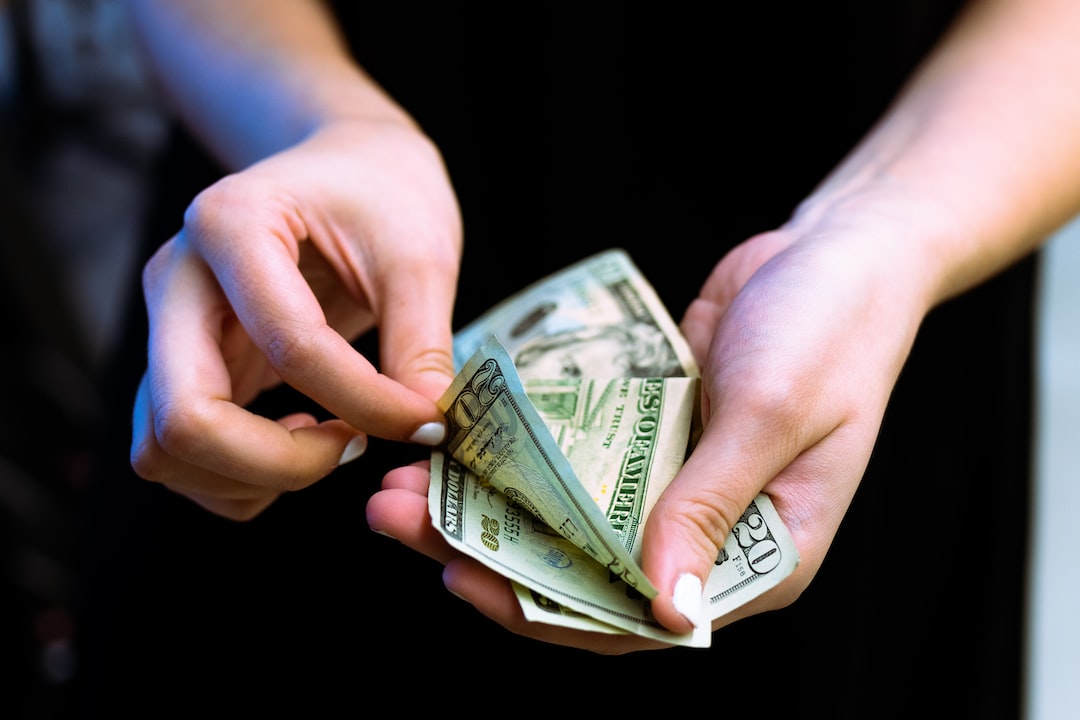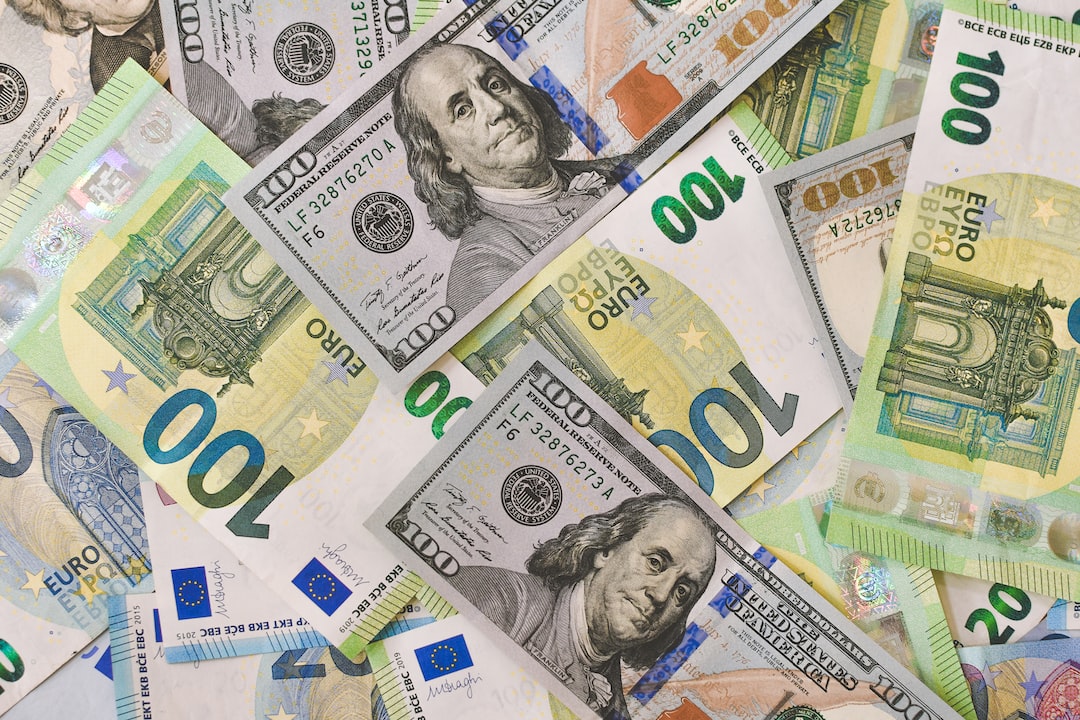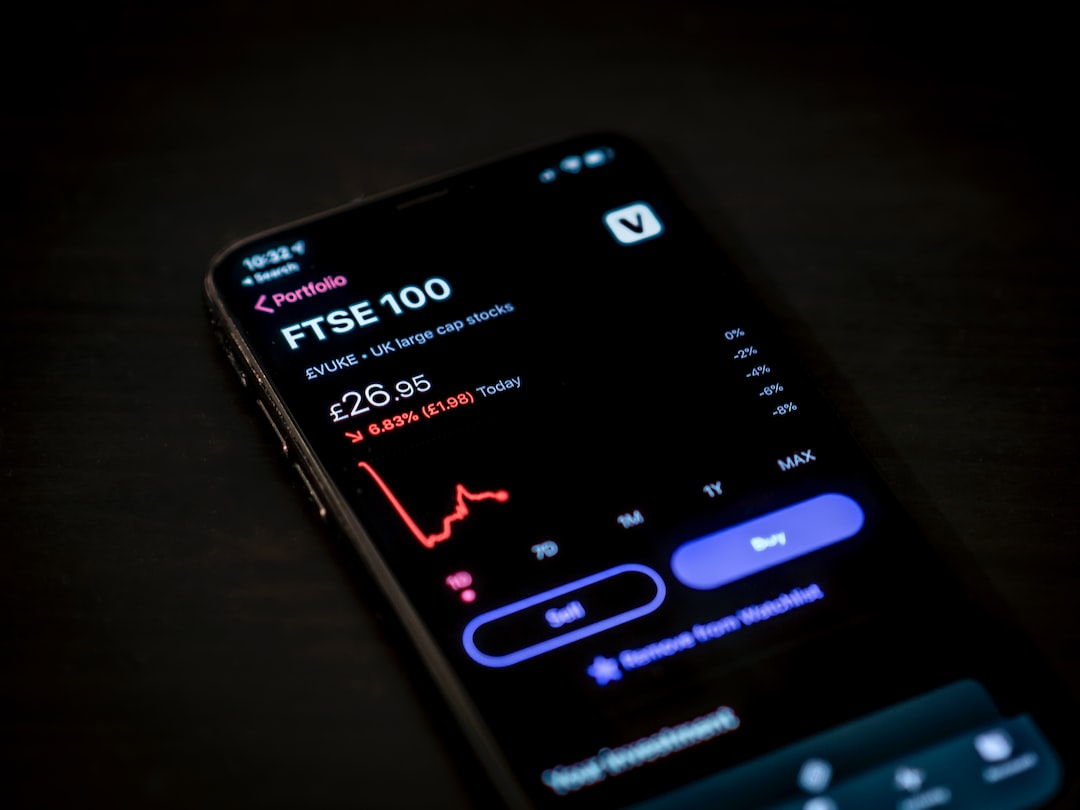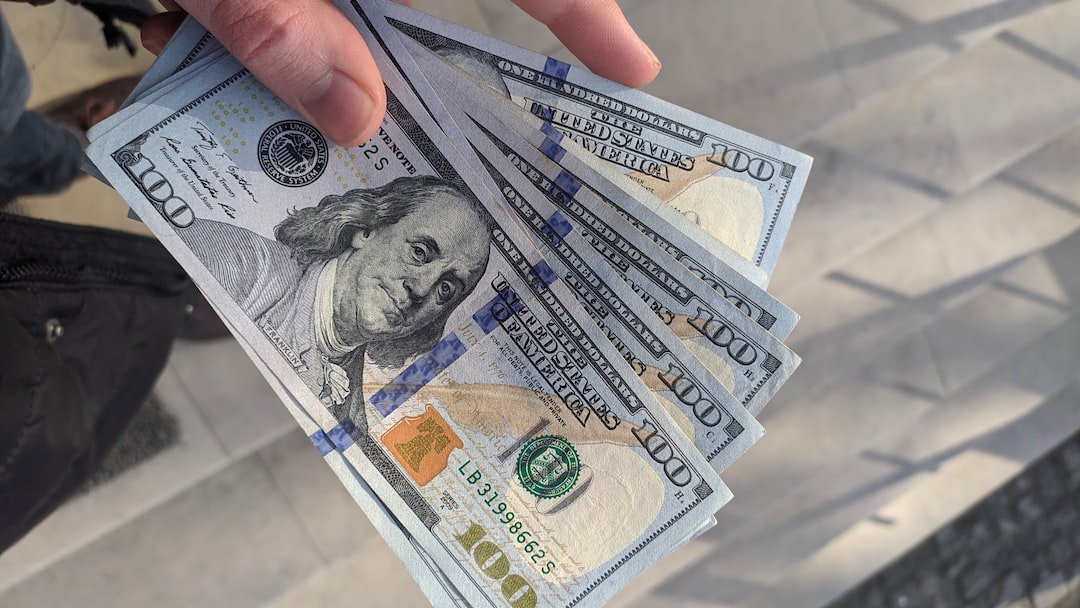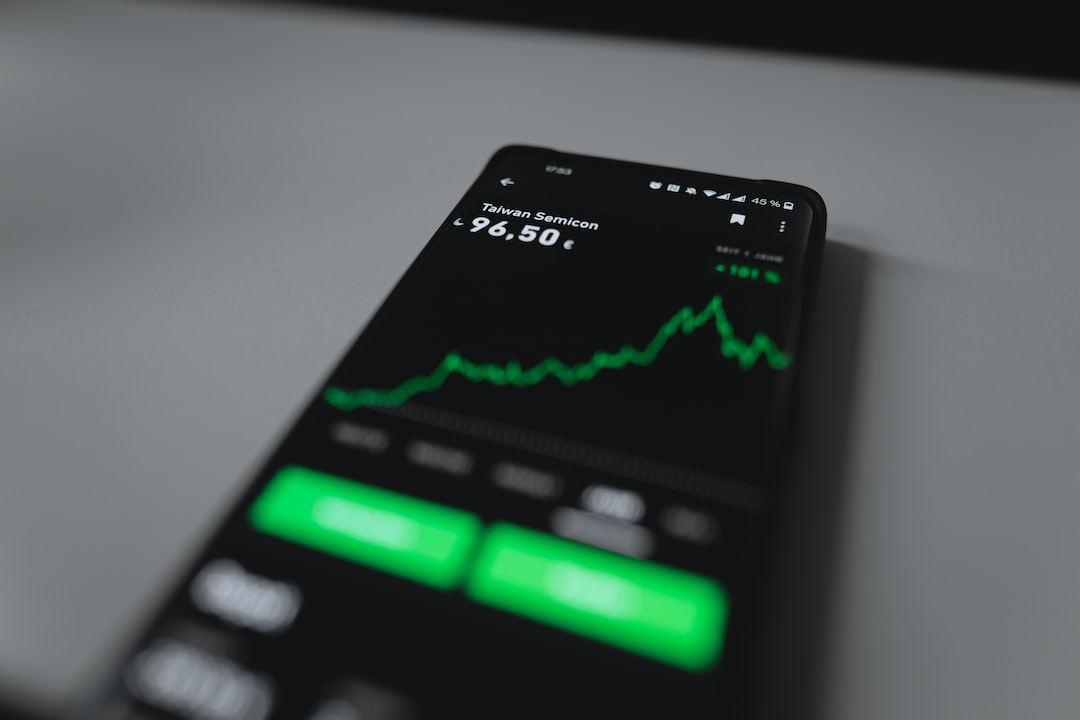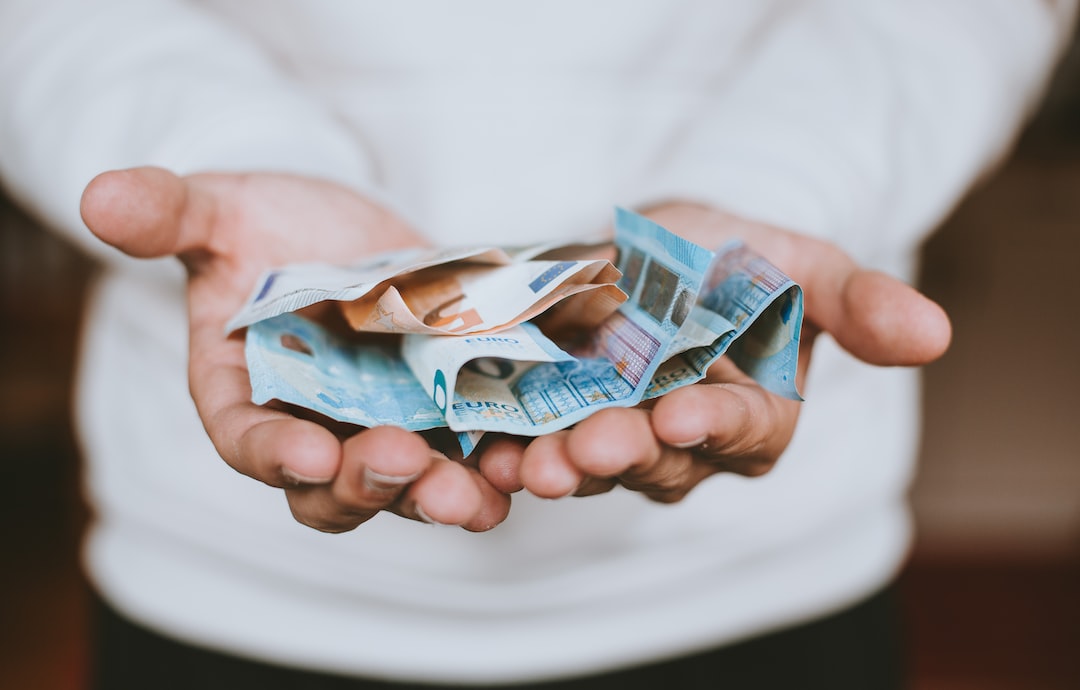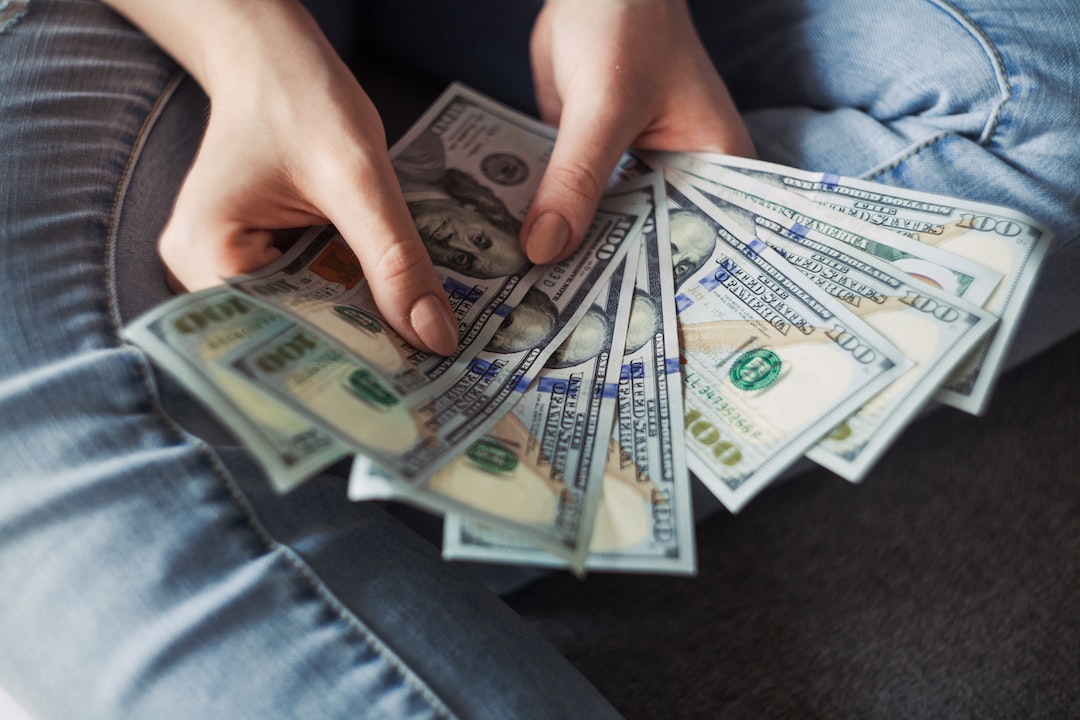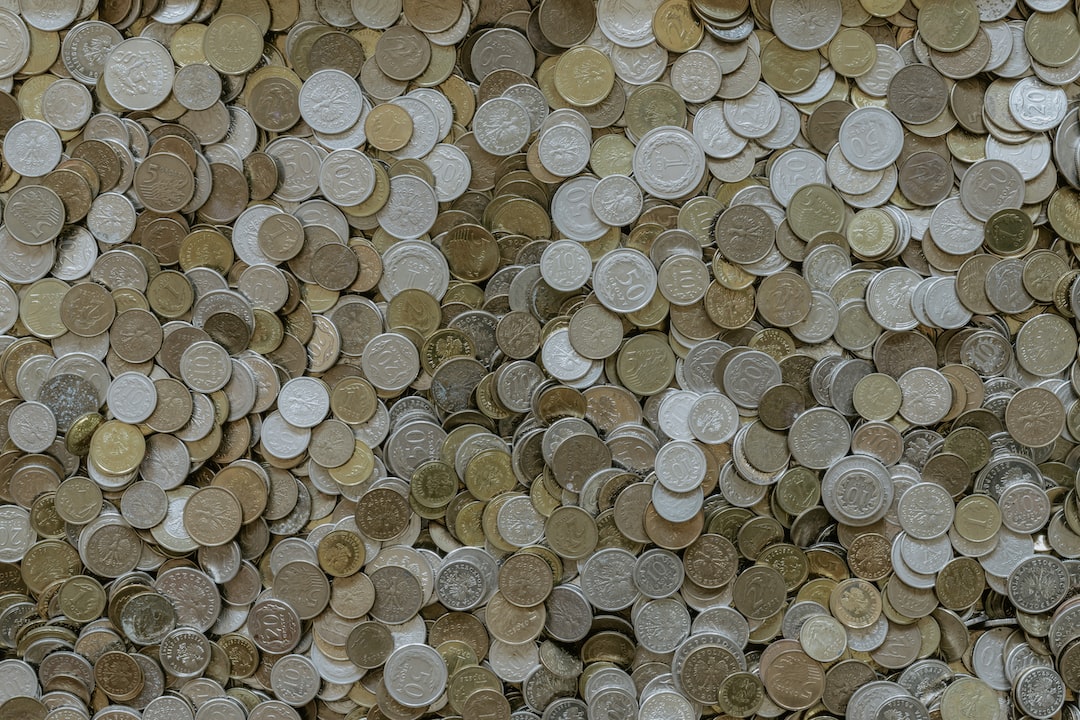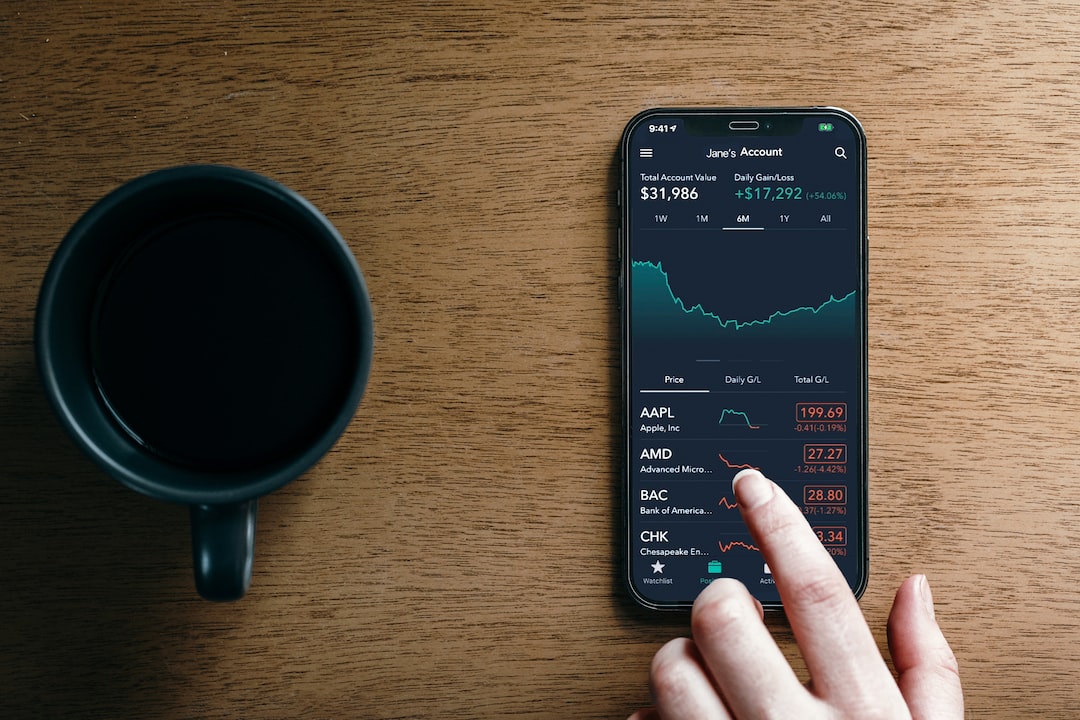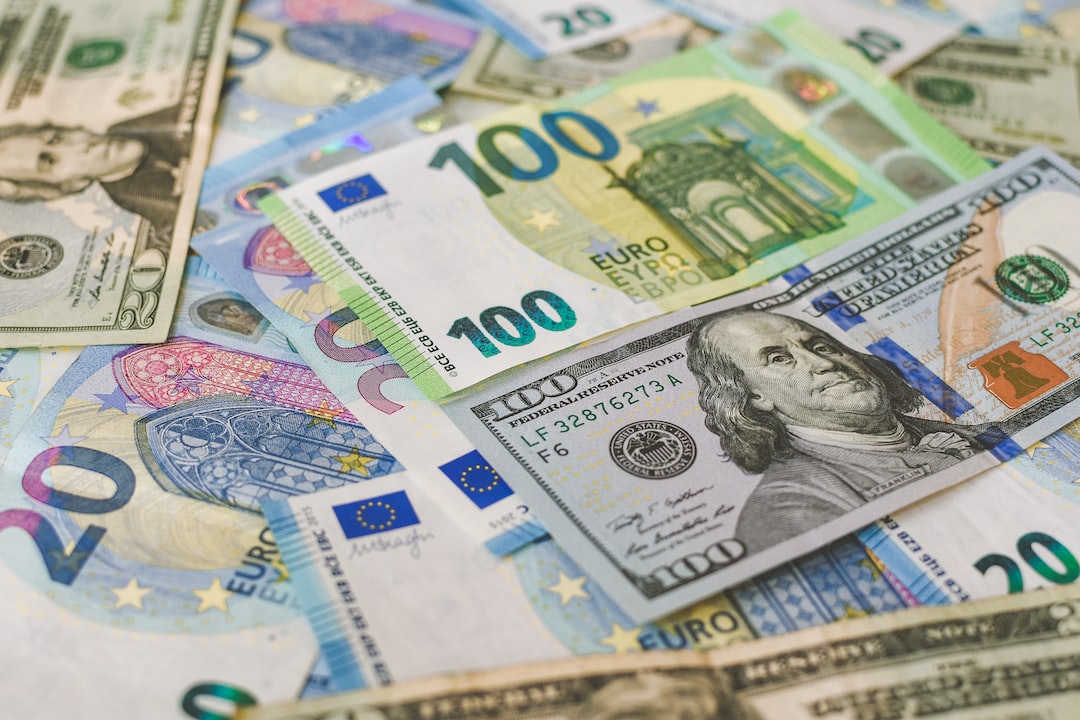Forex Cargo is a leading provider of cargo shipping services, particularly in the Philippines. The company has been in operation for over 20 years and has gained a reputation for its reliable and efficient service. One of the most frequently asked questions about Forex Cargo is how long it takes for their cargo to arrive at its destination. In this article, we will explore this question in-depth and provide you with all the information you need to know about Forex Cargo delivery times.
Firstly, it is important to note that the delivery time for Forex Cargo varies depending on a number of factors. These factors include the destination of the cargo, the size and weight of the cargo, the mode of transportation used, and the customs clearance process. Additionally, Forex Cargo offers different shipping options to suit the needs of their customers, which can also affect the delivery time.
For example, Forex Cargo offers two types of shipping options for their customers: Balikbayan Box and Air Cargo. Balikbayan Box is a popular choice among Filipinos overseas who want to send gifts and personal items to their loved ones in the Philippines. This shipping option typically takes around 30-45 days to arrive at its destination, depending on the location. However, this delivery time can vary depending on the customs clearance process, which can sometimes cause delays.
Air Cargo, on the other hand, is a faster shipping option that is ideal for urgent or time-sensitive shipments. This shipping option typically takes around 7-10 days to arrive at its destination, depending on the location. However, this delivery time can also vary depending on factors such as customs clearance and flight schedules.
It is also worth noting that Forex Cargo offers a tracking service that allows customers to monitor the progress of their shipments in real-time. This service provides customers with peace of mind, knowing that their cargo is on its way and that they can monitor its progress every step of the way.
In terms of customs clearance, Forex Cargo has a team of experts who are well-versed in the customs clearance process. This ensures that all shipments are processed quickly and efficiently, minimizing the risk of delays in delivery. Additionally, Forex Cargo provides customers with all the necessary documentation and support to ensure that their shipments clear customs smoothly.
In conclusion, the delivery time for Forex Cargo varies depending on a number of factors, including the destination, size and weight of the cargo, mode of transportation, and customs clearance process. Balikbayan Box typically takes around 30-45 days to arrive, while Air Cargo takes around 7-10 days. Customers can track their shipments in real-time using Forex Cargo’s tracking service, and the company has a team of experts who ensure that all shipments clear customs smoothly. Overall, Forex Cargo is a reliable and efficient provider of cargo shipping services that is trusted by Filipinos all over the world.


